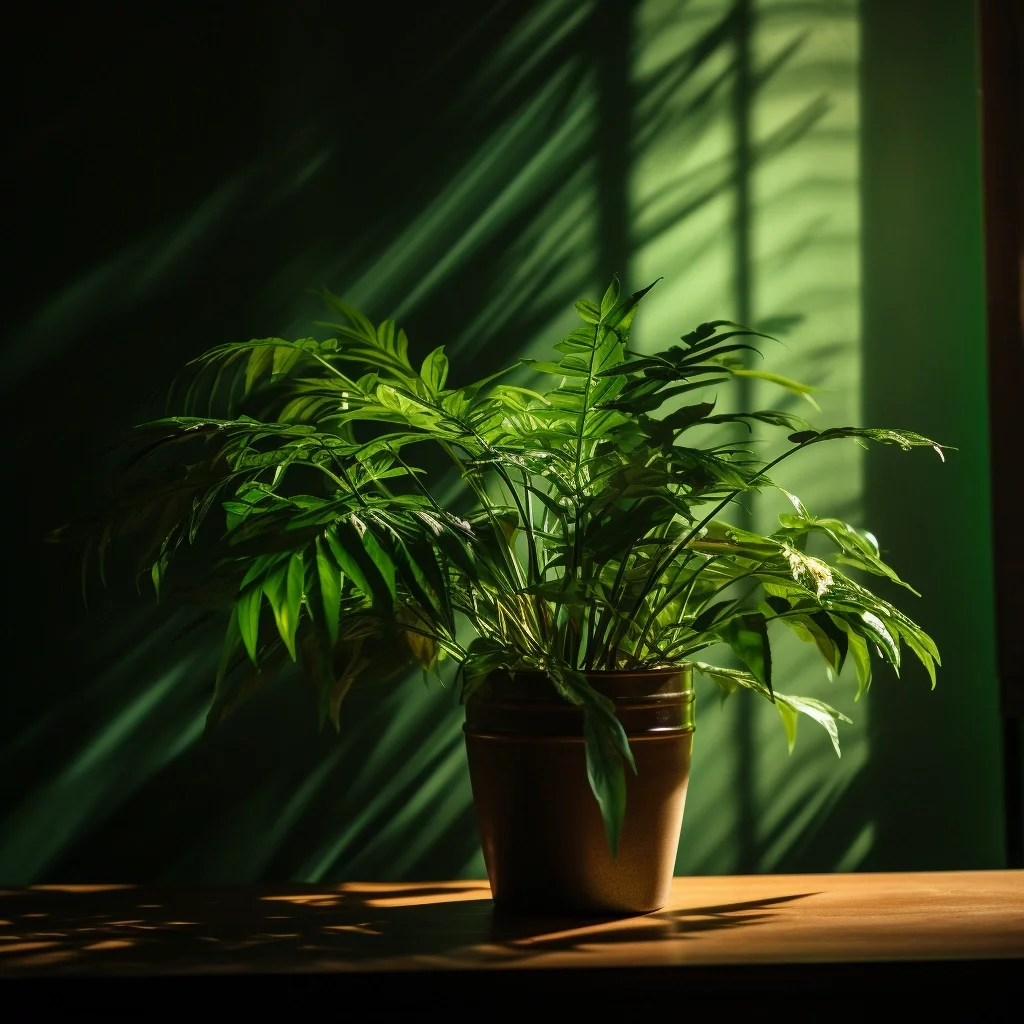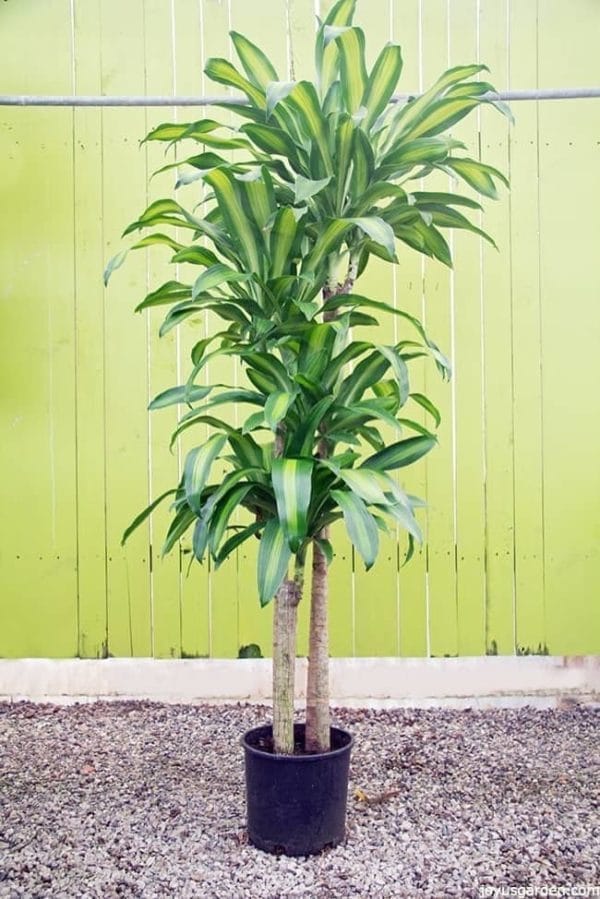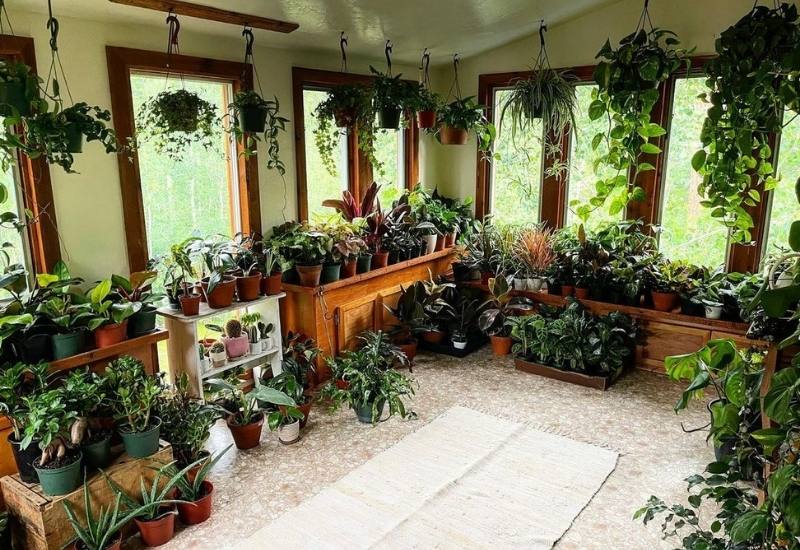Best Low-Light Indoor Plants for Those with Limited Natural Light in Their Homes
Best Low-Light Indoor Plants for Those with Limited Natural Light in Their Homes
Blog Article
Discover the Distinct Benefits of Low-Light Indoor Plants for Your Living Room
Including low-light indoor plants into your living space offers a wide variety of advantages that extend far past mere aesthetic appeals. These hardy plants not only prosper in environments with minimal sunshine yet additionally offer important functions such as air filtration and moisture enhancement. They can positively influence your mood and total wellness while calling for minimal maintenance. As you take into consideration the transformative capacity of these plants, it becomes important to discover just how their distinct characteristics can customize your atmosphere to far better serve your way of living. What certain advantages might reverberate most with your individual space?
Air Purification Benefits
Low-light interior plants not just boost the visual charm of living areas yet additionally play a substantial duty in air filtration. Study has actually demonstrated that certain plant species can efficiently get rid of usual interior toxins, consisting of formaldehyde, trichloroethylene, and benzene. These substances typically emanate from house items such as furnishings, cleansing products, and structure materials, contributing to interior air quality concerns.
Plants such as the snake plant, pothos, and tranquility lily are particularly skilled at filtering system damaging materials from the air while flourishing in low-light conditions. The process of phytoremediation, where plants absorb and metabolize toxins, enables these varieties to add substantially to a much healthier indoor setting. Additionally, via photosynthesis, plants release oxygen, better enhancing air quality.
Integrating low-light indoor plants right into office or home areas not only gives aesthetic advantages yet likewise acts as a useful method for improving air high quality. By picking the appropriate species, people can create a setting that promotes health and decreases direct exposure to unsafe toxins, making these plants an important aspect in modern-day indoor living.

Mood Enhancement Results
Countless studies have shown that incorporating indoor plants can considerably enhance state of mind and total emotional well-being. The existence of greenery in indoor settings has been linked to decreased stress and anxiety levels, increased sensations of calmness, and enhanced emotional health. Low-light interior plants, specifically, grow in atmospheres where all-natural light is restricted, making them excellent for numerous living areas.
Study shows that communicating with plants can boost the release of serotonin, a natural chemical related to feelings of joy and well-being. In addition, the act of caring for plants fosters a feeling of obligation and accomplishment, additional adding to favorable psychological health and wellness outcomes. Low-light plants such as serpent plants, pothos, and peace lilies have been shown to improve air quality, which is fundamentally linked to state of mind improvement.
Integrating these plants right into your home or workplace can develop a tranquil environment, offering a sensory and visual escape from the stress of every day life - Best low-light indoor plants. As individuals spend boosting quantities of time indoors, the mood-enhancing impacts of low-light indoor plants become much more important, offering not only visual allure however additionally a profound effect on emotional well-being
Low Maintenance Needs
For those seeking to enhance their interior areas without a substantial time dedication, low-light indoor plants are an excellent option due to their low maintenance demands. These resistant plants thrive in less-than-ideal illumination problems, making them best for homes and offices where all-natural sunlight is restricted.

Pest resistance is another advantage of low-light interior plants. Lots of selections are less vulnerable to common insects, lowering the need for constant monitoring and treatment. These plants usually expand more slowly than their high-light counterparts, meaning much less regular repotting and trimming are needed.
Aesthetic Allure and Versatility

Additionally, these plants can be set up in myriad means, whether in teams for a lush effect or as standalone features to draw the eye. The selections of planter designs-- from smooth ceramic pots to rustic wooden containers-- additionally improve their aesthetic value, enabling property owners to share their personal design.
In addition, low-light plants can be purposefully placed in locations that may otherwise really feel overlooked, such as edges or dimly lit racks, thereby maximizing their attractive capacity. Ultimately, the mix of their striking appearance and adaptability makes low-light indoor plants a useful enhancement to any kind of home, developing a welcoming ambience that advertises health and relaxation.
Enhanced Humidity Degrees
Enhancing indoor humidity levels is just one of the substantial advantages of including low-light interior plants right into living spaces. These plants naturally launch moisture vapor via a process known as transpiration, which happens when water absorbed by the roots moves through the plant and vaporizes from the fallen leaves. This process not just raises humidity yet likewise adds to a healthier interior environment.
Improved humidity levels can alleviate different health and wellness issues, such as dry skin, respiratory system issues, and allergic reactions. Numerous individuals experience discomfort in arid indoor conditions, specifically during winter season when home heating systems remain in usage. By tactically putting low-light plants throughout your home, you can produce a more well balanced humidity level that fosters general health.
In addition, specific low-light indoor plants, like tranquility lilies and spider plants, are specifically efficient at enhancing humidity (Best low-light indoor plants). Thus, low-light indoor plants offer both read what he said visual and functional functions, advertising a healthier ambience.
Final Thought
In recap, low-light indoor plants use countless benefits that contribute to a healthier and much more inviting living space. Incorporating these resistant plants into interior setups not only boosts the setting but also promotes overall well-being, establishing a peaceful shelter for locals.
Plants such as the serpent plant, pothos, and peace lily are particularly experienced at filtering unsafe substances from the air while growing look at these guys in low-light problems. Low-light plants such as serpent plants, pothos, and peace lilies have actually been shown to boost air quality, which is intrinsically connected to state of mind improvement.
Low-light indoor plants, such as serpent plants, pothos, and ZZ plants, not just improve the visual landscape of a room however additionally present various structures and shades of environment-friendly that can match diverse indoor styles. These plants normally release moisture vapor through a procedure recognized as transpiration, which happens when water soaked up by the origins relocates via the plant and evaporates from the fallen leaves.In addition, particular low-light indoor plants, like peace lilies and spider plants, are specifically reliable at boosting moisture.
Report this page